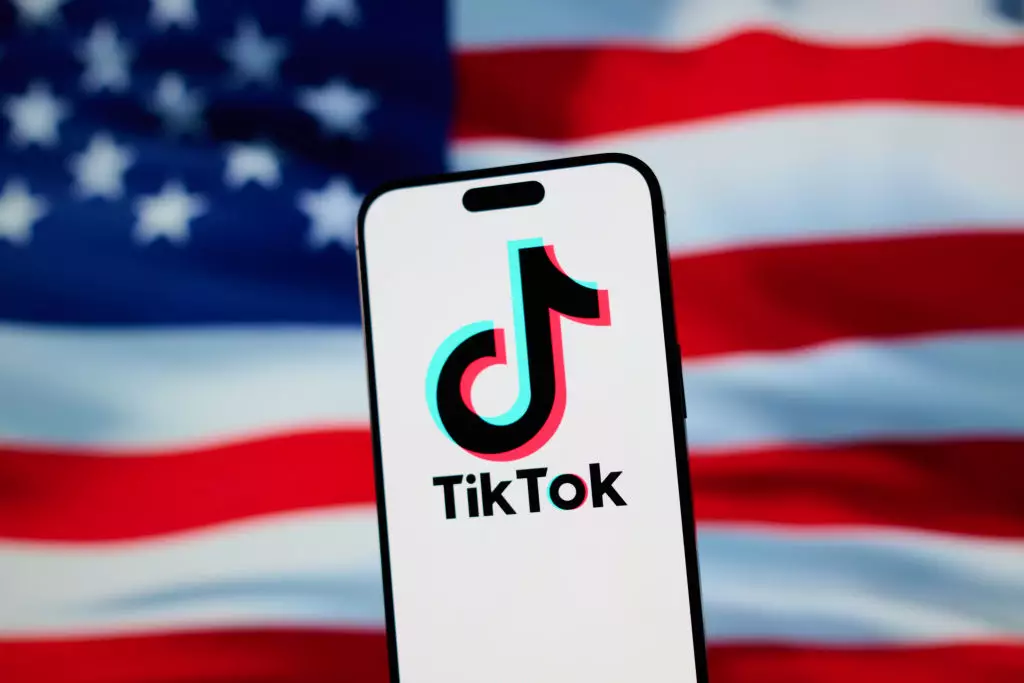After a protracted hiatus of over three weeks, TikTok has finally made its triumphant return to both the App Store and the Play Store in the United States. This reinstatement, which took place on a Thursday evening, follows the removal of the popular app by Google and Apple on January 18 due to concerns surrounding national security laws. The temporary ban not only impacted TikTok but also extended to other applications from its parent company, ByteDance, such as the video editing tool CapCut and the social media platform Lemon8, all of which have also been reinstated.
The timeline of TikTok’s removal and subsequent restoration reveals the complexities of app governance amidst rising geopolitical tensions. Following the app’s ban, TikTok endeavored to restore service for its existing users starting January 19, despite its absence from the app stores. This meant that any user wishing to reinstall TikTok after deletion faced significant barriers. In response, TikTok encouraged Android users to sideload the application directly from its website, an alternative approach that highlighted the lengths to which the app was willing to go to maintain its user base during the tumultuous period.
This turmoil stemmed from an executive order signed by former President Donald Trump soon after he took office, which granted TikTok a 75-day reprieve. Within this window, ByteDance was expected to divest TikTok to a U.S.-based entity or risk a full ban. Trump’s administration indicated a desire for a lucrative joint venture that would see American companies holding a 50% stake in the app. Such political undertakings underscore the intersection of technology and statecraft, where a social media platform becomes a bargaining chip in broader international relations.
Market Dynamics Amidst Uncertainty
Despite the challenges, recent reports indicate that TikTok’s traffic has rebounded significantly, reaching nearly 90% of pre-ban levels according to Cloudflare Radar. However, the competitive landscape has shifted, as rival platforms like X and Bluesky have seized on TikTok’s uncertain fate by introducing their own vertical video features. Meta has also responded by launching a video editing app designed to rival CapCut, indicating that the social media arena is rapidly evolving in reaction to the vacillating status of TikTok.
The situation has broader implications for the app marketplace and user behavior. Sensor Tower analytics revealed that TikTok was the second most downloaded app in the U.S. last year, with 52 million downloads, showcasing its immense pull despite political controversies. This popularity speaks volumes about user loyalty and the app’s ingrained presence in modern digital culture. As the dust begins to settle, it will be interesting to observe how TikTok navigates the shifting landscape of regulatory challenges and competitive pressures in the foreseeable future.

